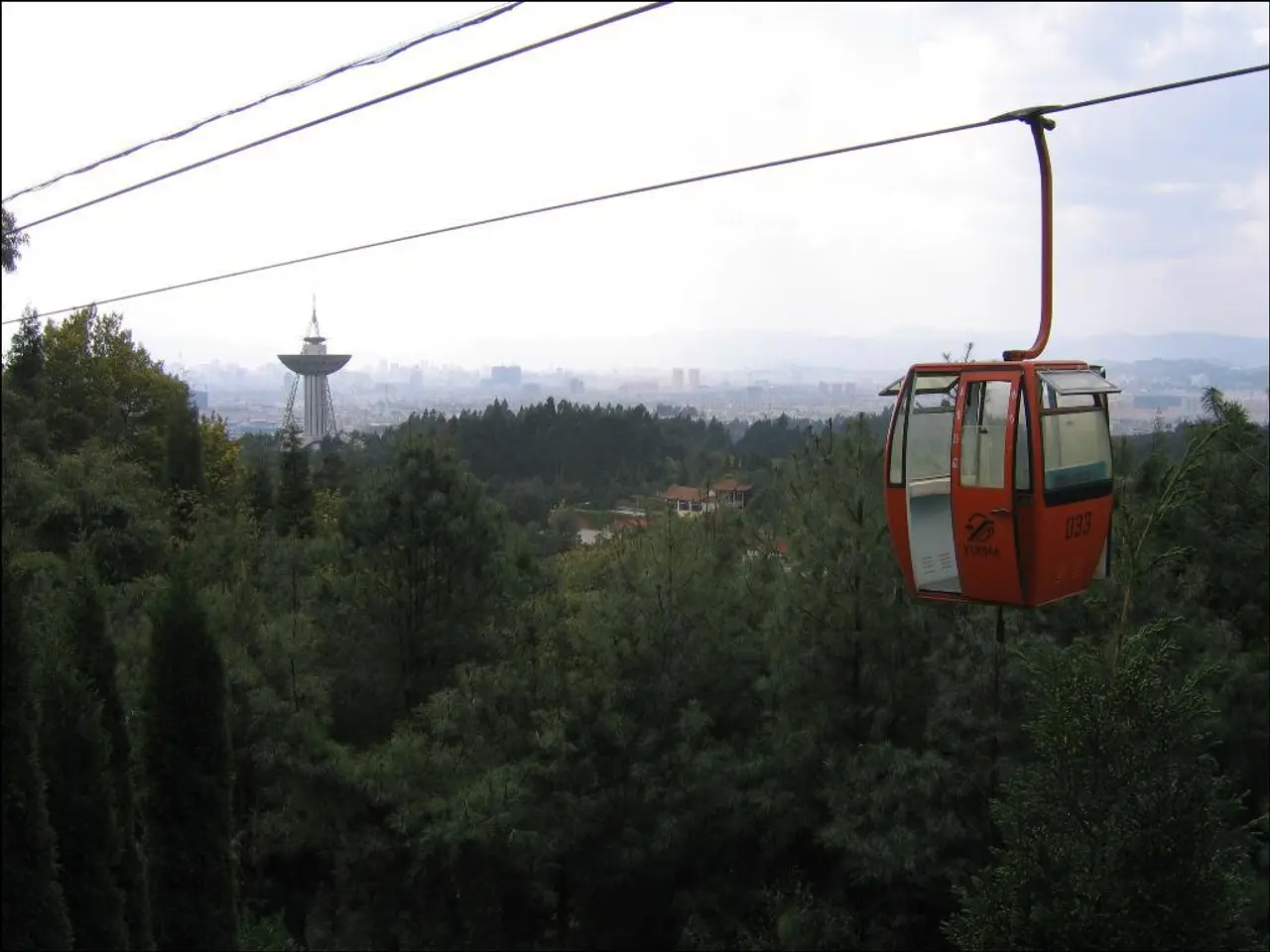Tesla extends its global network to over 70,000 chargers, with an increasing number of locations sprouting up in Australia.
**Tesla's Supercharger Network Expands Rapidly in 2024 and 2025**
Tesla's Supercharger network has witnessed unprecedented growth and advancements in 2024 and 2025, transforming it into the world's largest and most sophisticated fast-charging system. The company has been aggressively expanding its charging infrastructure to meet the growing demand for electric vehicles (EVs) and to improve charging speed and accessibility.
In Q1 2025 alone, Tesla added approximately 2,200 new Supercharger stalls worldwide, representing a 17% increase compared to the previous year. This expansion has led to Tesla operating more than 60,000 Supercharger stalls globally. The network delivered 1.4 terawatt-hours (TWh) of energy in Q1 2025, marking a 26% year-over-year increase, and powering over 42 million charging sessions, a 27% rise. These expansions translate into significant environmental benefits, with Tesla saving roughly 657 million liters of gasoline and reducing about 1.5 billion kilograms of CO₂ emissions.
Tesla has been progressively rolling out its V4 Superchargers, which provide up to 325 kW of power, with plans to increase output to 500 kW by Q3 2025, initially for vehicles like the Cybertruck. These V4 chargers offer faster charging times, with some EVs gaining up to 200 miles of range in just 15 minutes. The new chargers come with longer cables and CCS2 compatibility, allowing non-Tesla vehicles to charge. This reflects Tesla’s move toward network inclusivity that started in 2025 with opening Superchargers to GM and Ford EVs.
Efforts to improve sustainability are evident with the introduction of solar-powered Supercharger stations as seen in the "Project Oasis," which includes many of Tesla’s new V4 stalls. Some of Tesla's largest Supercharger sites have been developed in California along major corridors, such as the Interstate 5 between Santa Clarita and Bakersfield, which features over 130 stalls, including a 24-stall site near Tejon Outlets and a 38-stall location in Lebec equipped with cutting-edge V4 Superchargers.
The Lost Hills, California Supercharger station, which Tesla partially opened in mid-2025, is set to become the biggest Supercharger site in the world. It is solar-powered and represents a major leap forward in scale and sustainability. The project broke ground in October 2024, and the local substation upgrade was critical to enable its fast opening timeline. Other large sites include a recent 76-stall Supercharger station at Tejon Outlets in Southern California, showcasing the scale of Tesla’s infrastructure build-out.
The growth of superchargers in Australia has also been significant. Tesla reached its 70,000th supercharger stall globally at a new 12-stall site in Burleson, Texas, and has opened multiple new sites in recent weeks, with the most recent one opening last week in the outer south-eastern suburbs of Melbourne at Pakenham. The latest set of supercharger sites in Australia brings the total number of sites to 122, with 740 stalls. The supercharger site in Abbotsford, inner Melbourne, has been upgraded from 4 stalls to 8 stalls, and Tesla is currently working on a 20-stall supercharger site in Goulburn, NSW, Australia.
The growth of superchargers in Australia will assure many electric vehicle drivers that the shift towards electric vehicles is heading in the right direction. Riz Akhtar, the founder of carloop based in Melbourne, specializes in Australian EV data, insight reports, and trends. Akhtar, who drives a red Tesla Model 3, has a passion for cars, particularly electric vehicles, and wants to help reduce transport emissions in Australia.
- As Tesla's Supercharger network expands, an increase in the adoption of electric vehicles (EVs) can be expected, as advanced car-maintenance and technology make driving EVs more convenient and accessible.
- With the proliferation of electric vehicles (EVs) and Tesla's continuous improvement of its V4 Superchargers, lifestyle choices are shifting toward a more sustainable future, as electric vehicles become a viable alternative to gasoline-powered cars.




